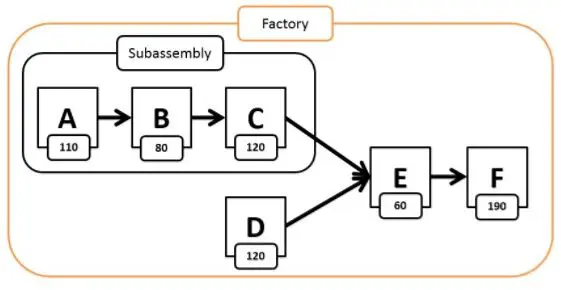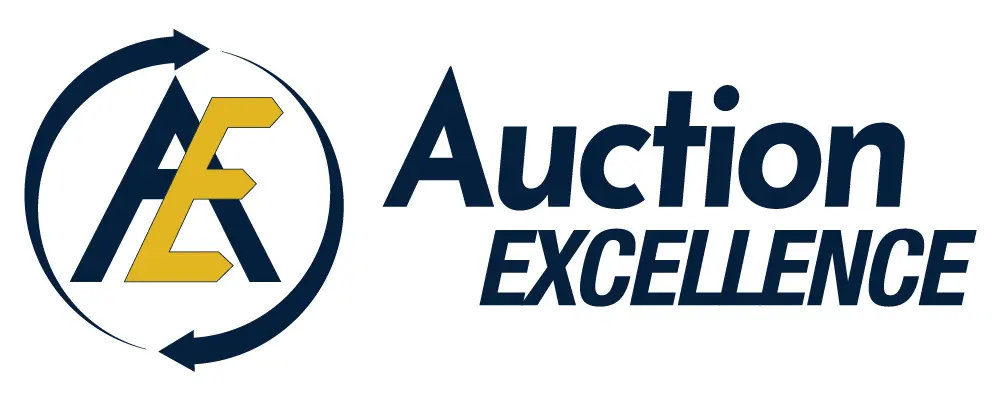Process Improvement

Process Optimization: Unlocking your workflows
Ever feel like your team is running hard but not getting ahead on work? Maybe it’s time to take a closer look at your processes. Optimizing workflows isn’t just about efficiency—it’s about unlocking your team’s full potential and paving the way for growth. But where do you start?
Let’s break it down.
Start with Your People
Improving any process begins with understanding your team—how they work, what they struggle with, and where they shine. Building relationships with those closest to the work is essential. Sit down with your team, let them share their challenges and invite them to visualize the problems and feel invited to be a part of the solutions. You would be surprised how much insight comes from simply listening. When people feel heard, they become invested in the changes. That’s how to create a culture of continuous improvement—not by forcing change, but by inviting collaboration.
Is your team experiencing any of these barriers?
- Departmental Silos
- “If It Ain’t Broke” Mentality
- Lack of Organization for Change
- Fire-Fighting Mode
- Gut-Feel Decisions
If so, read articles related to Team Member Insights and how to cultivate an unstoppable team.
What is a Process?
At its heart, a process is just a series of repeatable steps that connect into a larger workflow. Think about the automotive industry. A car doesn’t magically appear in a showroom—it moves through manufacturing, shipping, dealerships, auctions, resale and finally taken for salvage. Each step can be broken down further into thousands of other steps and levels of the workflow.
Before you start tweaking workflows, ask yourself these questions:
- What are you measuring? (What’s the “widget” being produced?)
- Where’s the bottleneck and constraint in the process?
- What revenue and cost moves through each step?
- How will you define success?
Getting clear on these points helps ensure you’re solving real problems—not just putting a Band-Aid on the symptoms.
Understanding Bottlenecks vs. Constraints
To remove constraints, it’s crucial to differentiate between bottlenecks and constraints:
- Bottlenecks: Any step in a process that limits overall output.
- Constraints: The primary bottleneck restricting the entire system from achieving its goal.
For example, imagine a workflow where process E limits output to 60 units, even though other processes can handle more. While other bottlenecks exist (like B), process E is the constraint because it determines the system’s maximum capacity. Addressing constraints first ensures that improvements have the greatest impact. Your team is not chasing symptoms of the problem and has a clear prioritized return on investment (ROI) for the improvements.
This visual demonstrates that process improvements are not linear, but requires constant evaluation of the entire ecosystem or sub processes steps. Once one constraint is removed the goal is to find the next constraint and remove it.
The Theory of Constraints: A Roadmap for Improvement
Eliyahu Goldratt’s book, The Goal, introduces the Theory of Constraints, a systematic methodology for identifying and addressing process inefficiencies:
- Define the Goal
- Identify the Constraint
- Exploit the Constraint
- Elevate the Constraint
- Reassess and Repeat
We will explore these steps in detail in a future article, but go to The Goal – for a deeper dive on the topic.
Exploiting the constraint revolves around removing non-value added steps or waste in the system. Another term for waste is “Rocks”. This classic visual represents how a company’s Profit and Loss Statement “P&L” is impacted by waste. Where the water level represents all the companies expense, inventory or labor time to process. There will always be some expense or Cost of Goods sold, but there will also always be an element of waste, or “Rocks”. When the rocks are removed from the image below it allows for the water level (expense) to drop creating more efficiency and more profit for the business.
Every rock can be categorized into 9 major classifications.
Identifying Waste: TIMWOOD + 2
One of the simplest ways to optimize processes is by eliminating waste. Use this checklist
(called TIMWOOD + 2) to spot inefficiencies:
- Transportation: Moving materials or information unnecessarily.
- Inventory: Stockpiling more than you need.
- Motion: Excessive movement by employees.
- Waiting: Delays in workflows.
- Overproduction: Making more than is required.
- Overprocessing: Adding extra steps or features that don’t add value.
- Defects: Errors that need rework or scrapping.
- Underutilized Talent: Not using your team’s full potential.
- Energy Waste: Wasting energy, resources, or materials.
Most people focus on TIMWOOD but forget about probably the most critical waste in the system, which is your underutilized talent. For it is your team fully activated that will deliver a continuous improvement culture.
Mastering Lean – for deeper dive into the topic of TIMWOOD here is a link at Amazon.
Every bit of waste you remove translates to time, money and energy saved. Once the process constraint is understood and the waste or “Rocks” to target is identified, there are a few helpful tips to drive improvement.
Helpful Tips for Effective Process Changes
Process optimization isn’t a one-time event—it’s a continuous cycle of identifying inefficiencies, making improvements, and ensuring long-term success. To truly unlock your team’s potential, improvement must become a mindset.
- Start Small & Act Quickly
- Focus on simple, high-impact changes that can be implemented immediately.
- Don’t overthink it—small adjustments compound over time.
- Encourage Openness & Problem-Solving
- Create an environment where your team feels safe pointing out inefficiencies.
- Introduced a reward system for spotting operational “rocks” (waste or inefficiencies), making problem-solving feel like a team sport.
- Measure Key Performance Indicators (KPIs)
- Establish clear metrics to track progress and ensure that improvements are data-driven, not guesswork.
- Document & Share Improvements
- Ensure that every change is well-documented and communicated so teams remain aligned.
- Transparency fosters consistency and accountability.
- Use Daily Huddles for Feedback Loops
- Implement quick team check-ins to address roadblocks, share updates, and reinforce accountability.
- Regular discussions keep improvements on track.
- Embed Lean Daily Management (LDM)
- Use Lean Daily Management (LDM) to make continuous improvement a habit within your organization.
- LDM helps teams identify inefficiencies, adjust processes, and sustain long-term improvements.
Bottom Line: Sustainable process improvements come from a culture where teams feel empowered to identify problems (“Rocks”), act quickly, and continuously refine workflows.
How Auction Excellence Can Help
At Auction Excellence, we specialize in identifying and removing constraints, enabling your team to achieve operational excellence. Our services include:
- Workflow Diagnosis: Pinpoint constraints and develop actionable steps to “unblock” workflows.
- Process Mapping: Analyze your current workflows and recommend future improvements.
- Layout and Capacity Design: Conduct deep dives into physical layouts to optimize space, safety, and efficiency.
- Kaizen Events: Facilitate problem-solving workshops that empower your team to solve issues collaboratively.
- Root Cause Analysis: Ensure every change aligns with your organization’s profit and loss (P&L) objectives.
- Six Sigma Project Design: Tackle complex projects with sophisticated, data-driven approaches.
Your Next Step
Building an unstoppable process starts with intention and action. Whether you’re beginning your continuous improvement journey or looking to take your team to the next level, we can help. Let Auction Excellence partner with you to optimize your workflows and create processes that exceed expectations.
Contact us today and let’s make excellence happen!
Kirk Zauderer
Founder – Auction Excellence
